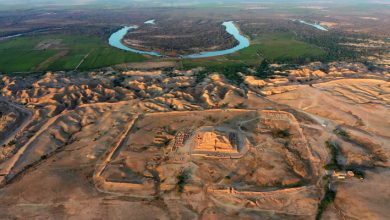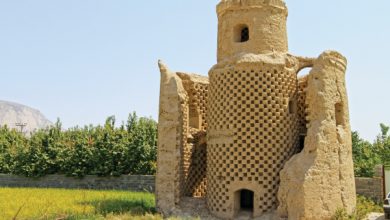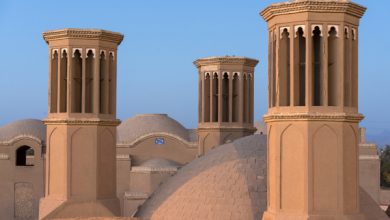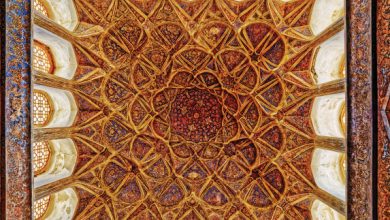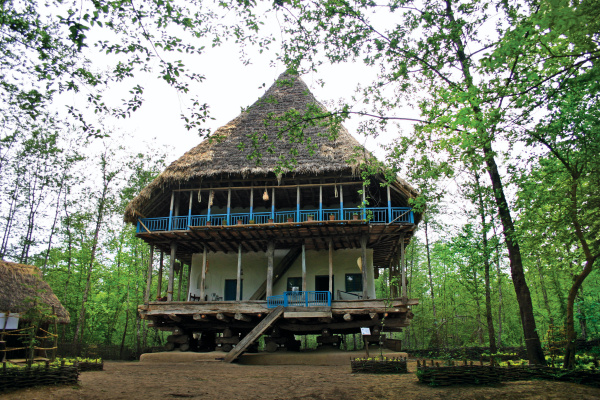
Author: Tayebeh Noori/ Translated by: Arezoo Baensaf/ Photo by: Cultural Rural Heritage Museum
Back in spring 2006 on my friend’s suggestion we went to the Guilan Rural Heritage Museum, where we were offered a 10-day tour guide contract. The first phase of the pre-opening preparations had by then been completed and once the museum had fully opened its doors to the public, I started working there as an anthropologist. It was not only a wonderful job opportunity, but the starting point of an exciting journey through the lifestyle of my ancestors.
I am originally from Guilan, an ever green province of lush forests in the north of Iran. Prior to working with the Guilan Rural Heritage Museum I had almost no knowledge about the traditions and customs of the region, but the more I have worked there, the more I felt pleasantly surprised to discover that Guilan, albeit small, is home to amazing ethnic and cultural diversity. The Guilan Rural Heritage Museum was set-up precisely to house and display examples of this diversity and does it as truthfully and authentically as possible.
Located in the forest park of Saravan, the original plan was to move here various buildings from different villages across the province of Guilan. The idea was not simply to display various types of vernacular architecture, but to give tourists an opportunity to explore the natural environment, and it has indeed proven effective.
Having carried out extensive research as to the most appropriate location for the museum, Saravan Forest Park was chosen for its geographic and topographic suitability. In preparation, nine districts were identified based on their cultural and architectural significance, including villages of the Eastern, Western and Central plains, Eastern and Western foothills, Eastern and Western mountains and Eastern and Western coast of the Caspian Sea. By the time the project was completed in 2017, the material heritage (architectural items, handicrafts, etc.) and cultural heritage (customs, beliefs and traditions) of each district were represented and assembled into an open air museum…
Find more on:
